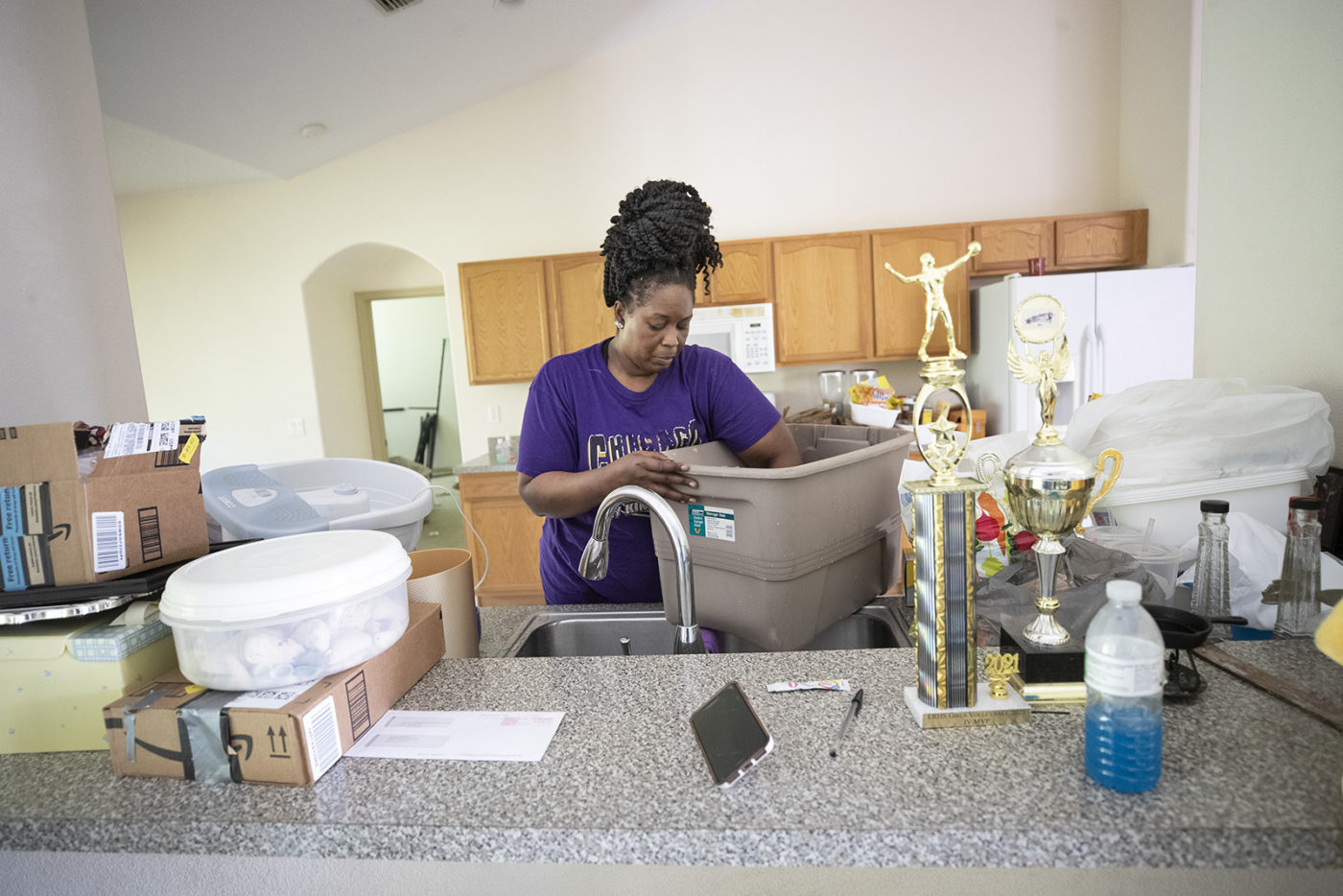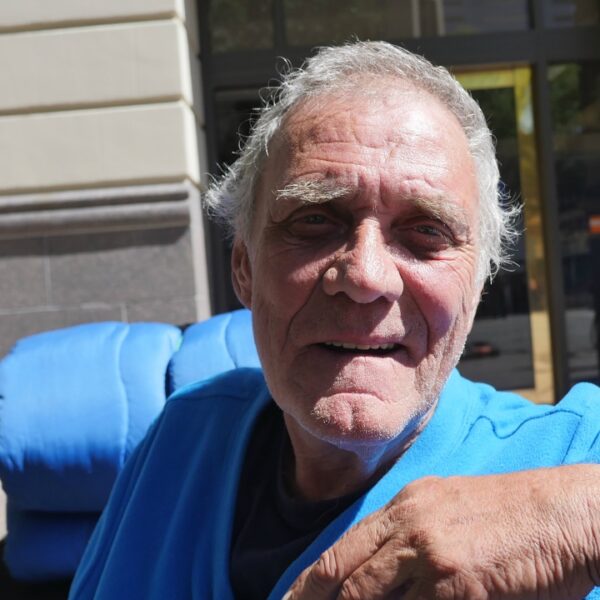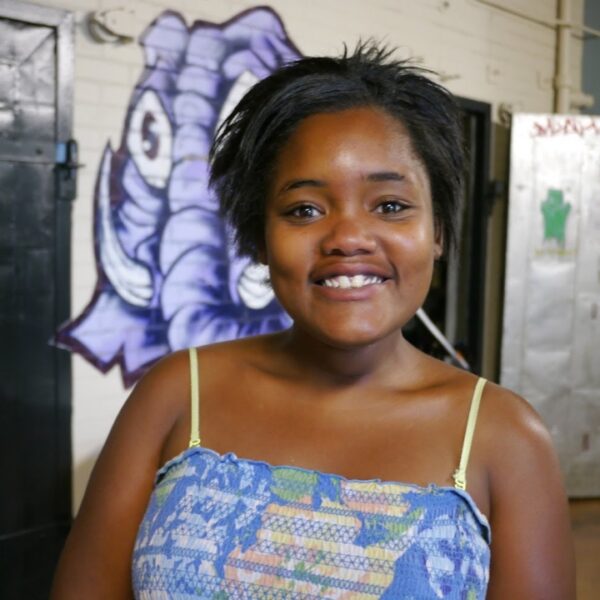New research by the Terner Center for Housing Innovation at the University of California, Berkeley, identifies structural barriers people in unstable housing situations face that increase their risk of experiencing homelessness.
The paper, titled “On the Edge of Homelessness,” highlights how the following factors impact the housing security of people who qualify as Extremely Low Income (ELI), such as an individual making up to $18,000 per year:
- A frayed social safety net
- Insufficient housing supply for different income levels
- Rising income inequality
Faculty Research Advisor Carolina Reid says the research paints a “sobering picture” of the reality ELI households face in the San Francisco Bay area. But the study’s findings can also apply to ELI households across the country.
“Ending homelessness in the Bay Area will require a strong commitment at all levels of government, including the political will not only to address the immediate crisis of people living on the street but also to change the underlying structural conditions that create housing insecurity for ELI households,” Reid wrote.
According to the study, investing in a strong and inclusive safety net can lead to greater housing stability in low and ELI neighborhoods.
The study points to the Stockton Economic Empowerment Demonstration (SEED) program from 2019. SEED participants received $500 in cash each month with no strings attached. As a result, most participants invested that money in housing, health care, and resources for their children. According to the program’s annual review, it also increased the employment rate among participants from 28 percent to 40 percent.
Several similar projects are cropping up across the country as well. A group in Denver will pay people experiencing homelessness up to $1,000 per month with no strings attached. The Income Movement, a nonprofit that advocates for income equality, will sponsor two new community engagement projects next year. One project in San Diego will target ELI families with $500 per month of cash assistance payments. Another program in Nashville, Tennessee, will target families in a specific zip code.
President Joe Biden’s Build Back Better plan includes provisions that would also help ELI families. They include significantly expanding housing investments and making the Child Tax Credit permanent.
Reid says lawmakers need to focus on ensuring these provisions remain in the final version of the bill and strengthening the ability of the states to deploy the funds effectively.
Another structural barrier that increases the likelihood of ELI households experiencing homelessness is the lack of housing available at their income level, the study says.
According to the latest monthly market data from the California Association of Realtors, the state’s housing inventory dropped to its lowest point over the last four months in October. That month, the state had approximately 1.8 months of housing supply compared to two months in October 2020.
For comparison, the St. Louis Federal Reserve Bank defines a “healthy” housing market as one that has at least six months of supply.
Meanwhile, construction data from the U.S. Census Bureau shows that California is beginning to build more homes after four consecutive years of declines. Single-unit home construction saw a 20 percent year-over-year increase, while multiunit construction saw a nine percent bump.
But some estimates say the state is facing a housing supply shortage of approximately 3.5 million homes due to decades of under-building. Some say California needs to build as many as 180,000 units per year to meet demand. Similar songs can be heard in other states like New York and Colorado.
“As long as the Bay Area fails to build enough housing to meet demand—including market-rate supply—the pressure on the existing stock will continue to displace more ELI households from their homes and the region and contribute to an ever-worsening affordability crisis,” Reid said.
The study also found that raising wages and building pathways for economic mobility among ELI households increased their housing security.
According to the findings, the average cost-burdened renter in the Bay Area pays approximately 75% of their income on housing expenses. That leaves many with $360 or less for their remaining monthly expenses.
Meanwhile, more than half of ELI households surveyed for the study reported working in childcare, health care, janitorial, and food services. The study says that each of these jobs was deemed “essential” during the pandemic despite paying near-poverty wages.
Individuals who turned to the social safety net for help receive little in return as well, the study adds. It found that the average monthly social security income check in the Bay Area is $690. At the same time, just 20 percent of ELI renters receive housing subsidies.
“These structural failures lead to high rates of housing insecurity among ELI households and increase their risk of becoming unhoused,” Reid said.
How You Can Help
The pandemic proved that we need to rethink housing in the U.S. It also showed that aid programs work when government provides agencies and service organizations with sufficient funds and clear guidance on spending aid dollars.
Contact your local officials and representatives. Tell them you support keeping many of the pandemic-related aid programs in place for future use. They have proven effective at keeping people housed, which is the first step to ending homelessness once and for all.













